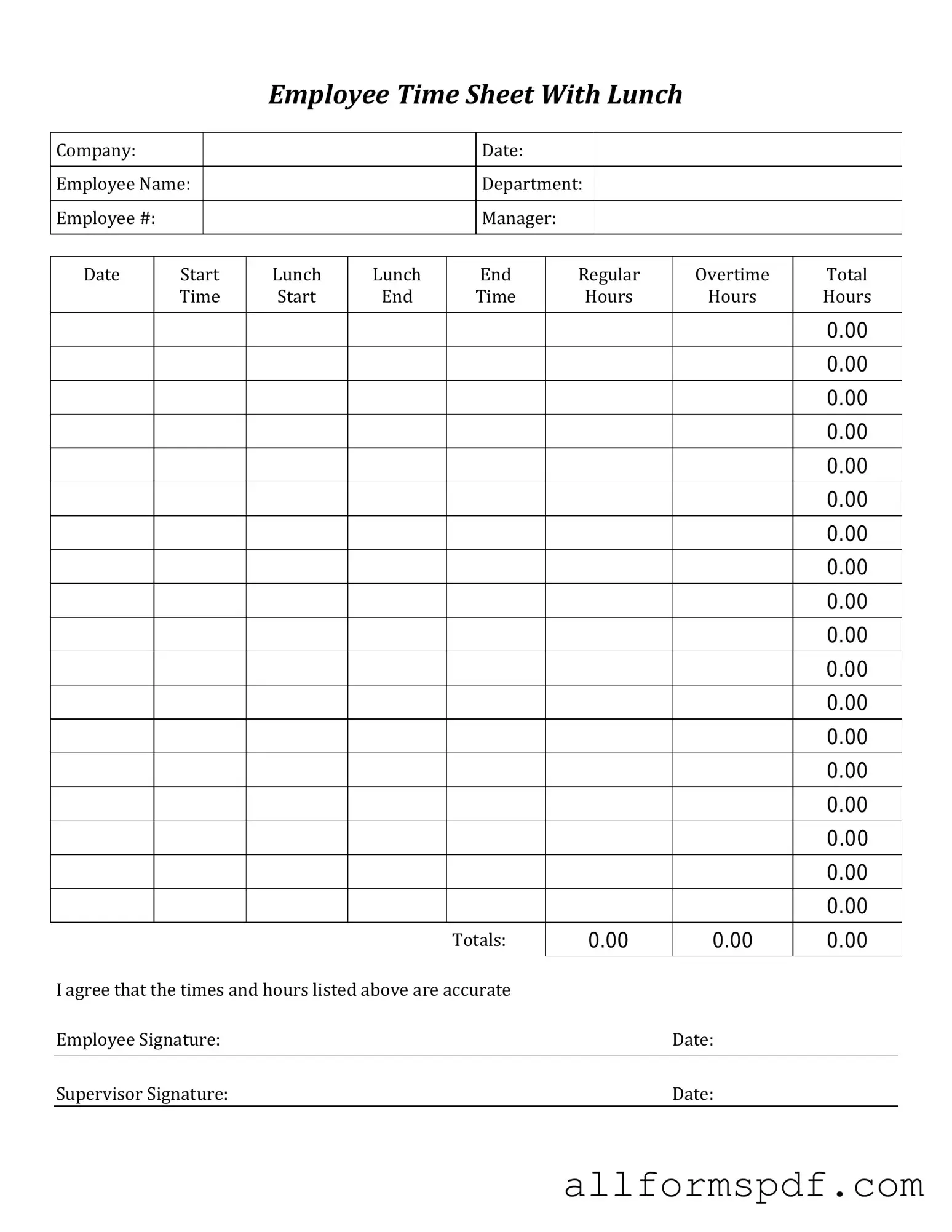Filling out a Time Card form can seem straightforward, but many people make common mistakes that can lead to confusion and errors. One frequent mistake is not recording the correct hours worked. It is essential to accurately track the time spent on tasks. Failing to do so can result in incorrect pay and frustration for both the employee and the employer.
Another common error is neglecting to include breaks. Many individuals forget to account for their lunch or rest periods. This omission can skew the total hours worked and affect payroll calculations. Employees should ensure that they are clear about their break times and include them appropriately.
Some people also struggle with using the correct format for entering time. For example, writing 1:30 instead of 1.5 hours can lead to misinterpretation. It is crucial to follow the specified format to avoid any discrepancies in the reported hours.
Additionally, not signing the Time Card can be a significant oversight. A signature often serves as confirmation that the reported hours are accurate. Without it, the form may be considered incomplete, leading to delays in processing and payment.
Moreover, failing to submit the Time Card on time is a mistake that many make. Late submissions can disrupt payroll schedules and create issues for everyone involved. Timeliness is key to ensuring that payments are processed smoothly and on schedule.
Lastly, some individuals do not review their Time Card before submission. Taking a moment to double-check entries can prevent many of the mistakes mentioned above. A quick review can save time and ensure accuracy, benefiting both the employee and the employer.
